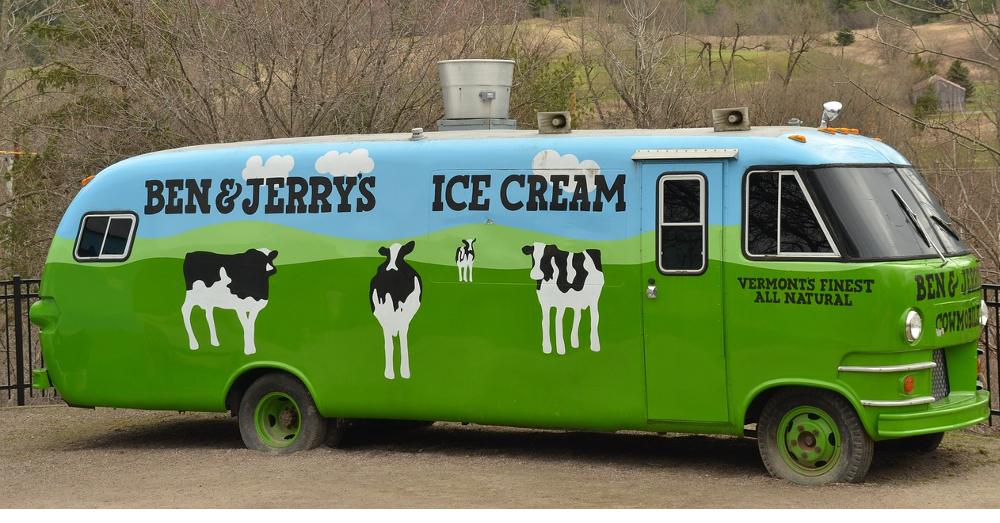
Ben & Jerry’s Has No Clothes
It was twenty years ago last month that Food & Water published our report on Vermont’s atrazine addiction, a toxic herbicide that is banned in Europe but continues to be used in abundance on Vermont’s 92,000 acres of GMO-derived feed corn – all for dairy cows.
July 21, 2017 | Source: Counter Punch | by Michael Colby
It was twenty years ago last month that Food & Water published our report on Vermont’s atrazine addiction, a toxic herbicide that is banned in Europe but continues to be used in abundance on Vermont’s 92,000 acres of GMO-derived feed corn – all for dairy cows. We used the report to get the attention of Ben & Jerry’s, and it worked. We thought when the doors swung open to the offices of Ben Cohen and Jerry Greenfield themselves that we’d be able to make the case to them.
Our plea at the time was the same as it is today: Ben & Jerry’s should practice what it preaches and help transition its farmers to organic production. If they took the lead, we argued, the entire state could begin a transition away from the kind of industrial, commodity-based dairy system that is wreaking so much havoc with Vermont’s agriculture – and culture. It’s a system that is doing exactly what it was designed to do: chase small farmers off the land by de-valuing production. And so it has been, for decades, an economic death spiral in which less and less is paid for more and more of the commodity product, in this case: milk.
We thought the obvious imbalance – and even direct, outright hypocrisy – between what Ben & Jerry’s was doing and what they were saying would be enough to get these do-good hippies to do the right thing. We were using logic. Because, certainly, the corporation that wanted to “save the planet” and “put the planet before profits” would want to stop being one of the state’s top polluters, right?
